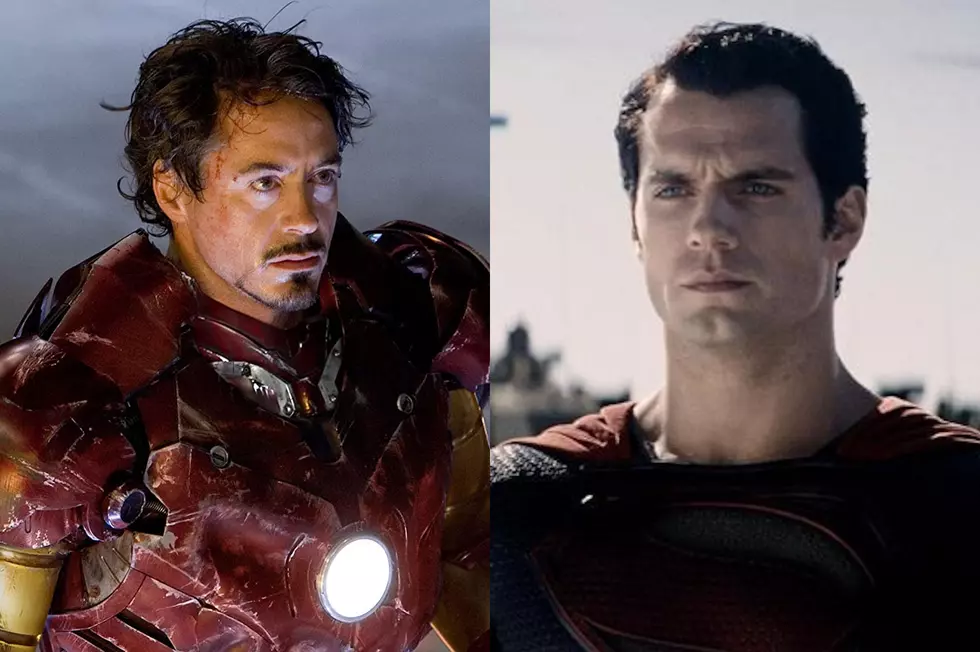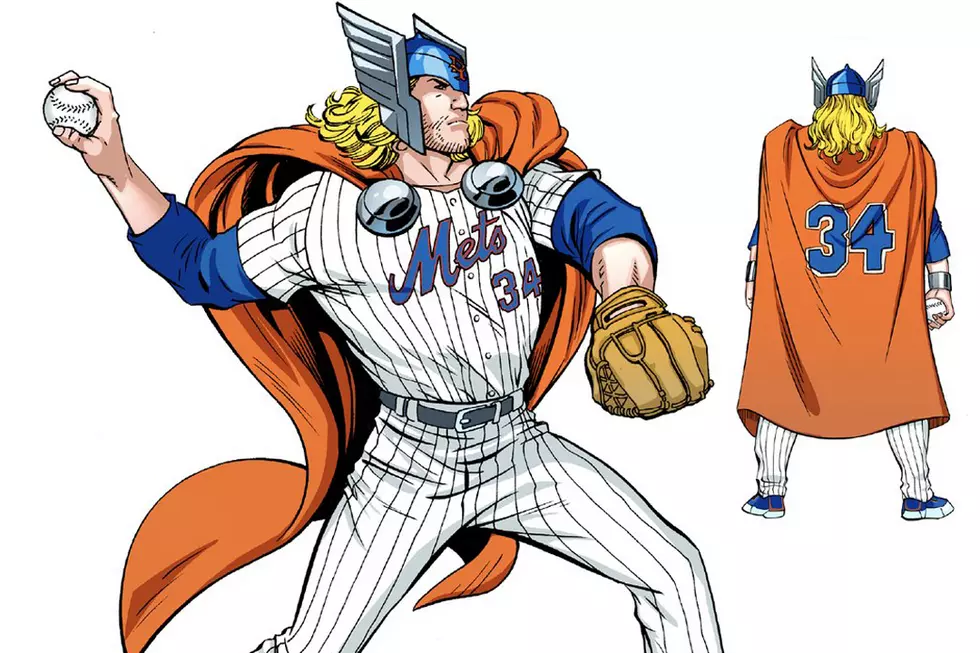
Genius, Billionaire, Playboy, Philanthropist: A Tribute To Iron Man
On December 10th 1963, Marvel Comics published Tales of Suspense #39 by Stan Lee, Larry Lieber and Don Heck, which introduced the world to the cool exec with a heart of steel, Iron Man.
Throughout his comics career, Iron Man has always provided an opportunity for creators to tell more complex and mature stories within the superhero genre, and the character has emerged as a household name thanks to a number of successful feature films.
Tony Stark was created by Lee, Lieber, Heck and Jack Kirby, who served as costume designer for the character. In a possibly apocryphal tale, Lee has often noted that he wanted to see if he could create a character with a traditionally unlikable archetype and make him a success, and so he created the industrialist Tony Stark.
Many of Iron Man’s earlier adventures focused on the threat of industrial espionage as a result of the Cold War, leading to many Soviet villains like Crimson Dynamo, Whiplash and Black Widow, but even those stories were not straight morality plays like most other “Red Scare” stories of the time.
As Iron Man journeyed into the '70s and '80s, his role as an industrialist allowed creators to play with shades of grey in a way they couldn’t with the likes of Spider-Man or Captain America. Stories like “Demon in a Bottle” tackled alcoholism back in 1979, while villains like Justin Hammer and Obadiah Stane provided a dark mirror for Stark to peer into, and “Armor Wars” forced him to face the fruits of his labor for all of their ills.
As the '90s came along, things didn’t go so great for Tony Stark, mostly thanks to a storyline called “The Crossing,” in which it was discovered Iron Man had been a traitor in the Avengers ranks for years and years. In order to fix this, a teenage version of the character was introduced, but this just made everything more confusing, and Iron Man truly wouldn’t find its feet as a franchise again until Warren Ellis and Adi Granov relaunched the titular ongoing series in 2005.
In their storyline “Extremis”, Ellis and Granov cast Tony Stark as a futurist, someone on the cutting edge of technology, so much so that he became technology; a literal Iron Man with the ability to manipulate technology and call his suit to him whenever he needed it. The creators also updated Iron Man’s origin to make it more contemporary, casting him as a captive of Al Qaeda in Afghanistan, rather than the traditional but now outdated Vietnam War.
In 2008, Marvel Studios took a big gamble by casting fallen Hollywood star Robert Downey Jr as Tony Stark for an Iron Man movie, a huge gamble given that the character wasn’t as well known as most of the comic book superheroes who had made the jump to the silver screen.
Iron Man was a massive hit, and Downey captured Tony Stark in a way that few actors have been able to, and the film was so popular that it launched the Marvel Cinematic Universe and changed how studios approach franchise movies.
Around the same time as the first Iron Man film, rising star Matt Fraction launched Invincible Iron Man with Salvador Larroca, and the team would go on to collaborate together on the series for over sixty issues. In the pages of Invincible Iron Man, the creative team repaired some of the damage done to the character and reinvented a number of villains, including the increasingly problematic Mandarin.
Like most superheroes, Iron Man has been through a heck of a lot, but few characters have managed to genuinely make the leap into the public consciousness in the way he did in the 21st century. Iron Man is an A-Lister now, and likely always will be, and we have many more decades of classic stories to come.
More From ComicsAlliance









